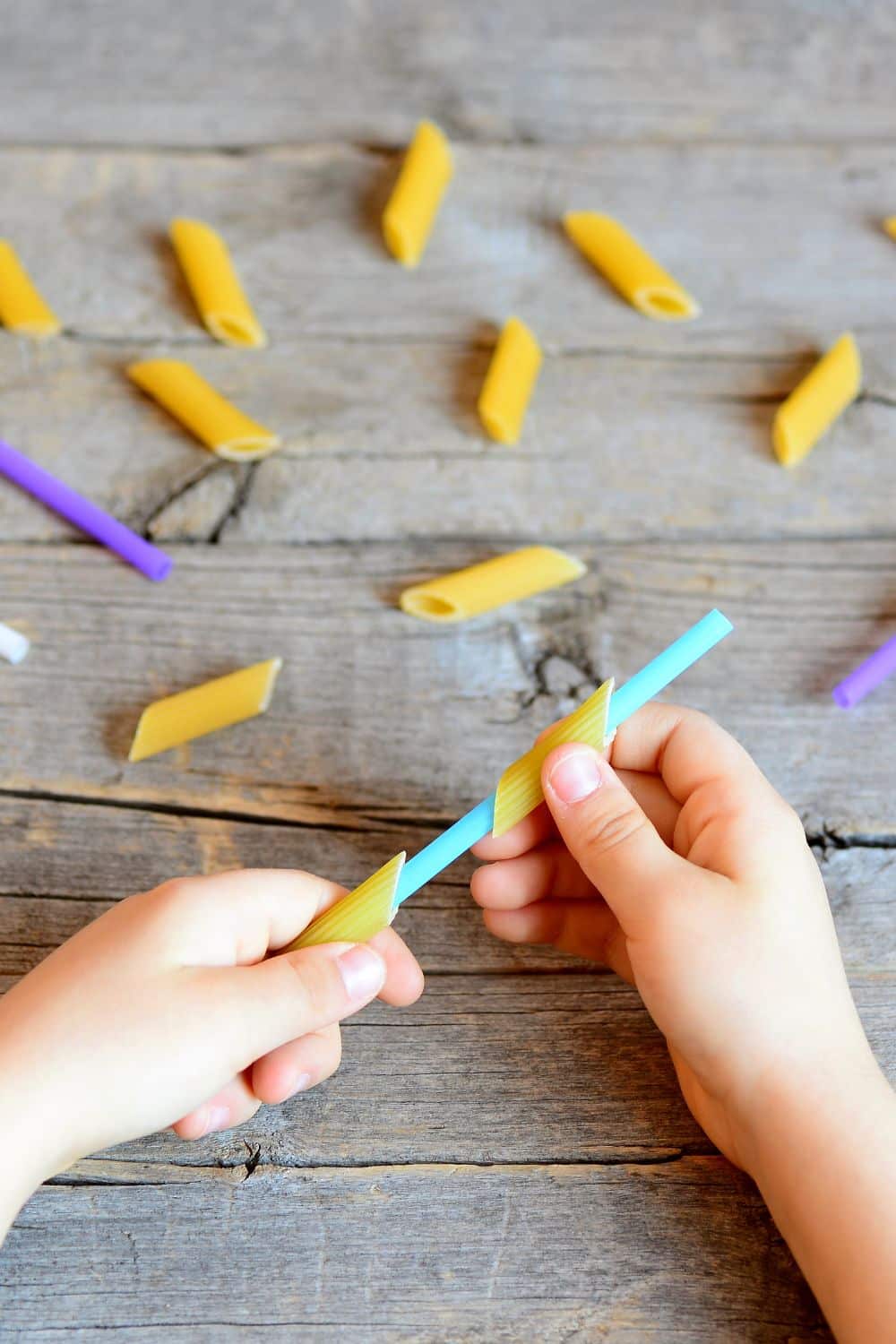If you have a child that is struggling with Motor skills, then check out What Therapies Can Complement Motor Skill Activities
What Therapies Can Complement Motor Skill Activities
Motor skill activities are an essential component of pediatric therapy, ensuring that children develop the fine and gross motor skills they need for everyday tasks and independence. Engaging in these activities at home can complement various therapeutic strategies aimed at supporting motor development.
Many specialized therapies, such as occupational therapy and physical therapy, utilize motor skill activities to help individuals recover from or manage health conditions. These structured yet versatile activities can be tailored to align with the goals of existing therapy programs. They also should be ideally tailored to their age. For example, toddlers receiving occupational therapy for motor skill delays can benefit from practicing their skills through fine motor activities for toddlers designed specifically for their developmental level. The consistency and repetition provided by these activities can reinforce and enhance the therapeutic gains made during formal sessions.
Key Takeaways
- Motor skill activities are crucial for development and can enhance therapy outcomes.
- Fine motor skills are particularly important for toddler growth and independence.
- Complementary home practices reinforce progress made in professional therapies.
Fundamentals of Motor Skill Activities
Motor skill activities are inseparable components of childhood development. They are divided into two categories: fine motor skills and gross motor skills. Both types play an important role in a child’s cognitive and physical growth, as they influence their ability to meet various developmental milestones.
Motor Skill Types: Fine and Gross
Fine motor skills are actions that involve smaller muscle groups, particularly those in the hands and fingers. Examples of fine motor skills include grasping a pencil, buttoning a shirt, or manipulating small objects. These skills are essential for tasks requiring precision and coordination.
- Examples of Fine Motor Skills:
- Writing
- Cutting with scissors
- Fastening zippers
Gross motor skills involve larger muscle groups for movement and coordination. These skills are fundamental for activities like running, jumping, and maintaining balance.
- Examples of Gross Motor Skills:
- Walking
- Throwing a ball
- Riding a bicycle
Both fine and gross motor skills lay the foundation for more complex tasks and are often seen as benchmarks in developmental milestones. If a child experiences a developmental delay in motor skills, it can affect other areas of development, including cognition and social interactions. Activities focused on motor skills can be especially beneficial in supporting children to reach these critical milestones.
Therapeutic Complementarity
Motor skill activities are integral to the enhancement of therapeutic outcomes across various domains such as occupational therapy, physical therapy, and cognitive development interventions. Their role is substantiated by systematic reviews and meta-analyses revealing improvements in neuroplasticity and motor learning that contribute to physiological and cognitive development in individuals with conditions like cerebral palsy and autism spectrum disorder.
Occupational Therapy
In occupational therapy (OT), motor skill activities are employed to improve daily living skills in children and adolescents. Such activities are designed to enhance fine motor skills, hand-eye coordination, and executive function, which are necessary for performing functional activities like dressing and writing. Evidence indicates that these interventions can lead to notable gains in academic achievement and independence, particularly in individuals with developmental disorders. These disorders, in their turn, should be diagnosed merely by professionals.
Physical Therapy
Physical therapy (PT) relies heavily on motor skill activities to promote physical activity and motor learning. Activities enhancing gross motor skills aid in the physiological development of children with cerebral palsy, fostering improved mobility and balance. Through systematic training and repetition, PT can significantly better an individual’s ability to engage in physical activities and navigate their environment with increased confidence and agility.
Cognitive Development Interventions
Cognitive development interventions often include motor skill activities as a means to stimulate neurological growth and neuroplasticity. These activities can help foster cognitive skills such as attention, memory, and problem-solving. For adolescents and children on the autism spectrum, tailored motor skill activities have been shown to improve not only motor functions but also social interaction and executive function, which are critical for academic and social success.
Conclusion
Motor skill activities can effectively enhance therapy outcomes when integrated with various interventions aimed at cognitive and physical development. They are particularly beneficial when combined with goal-oriented play to improve fine and gross motor skills in early childhood. Additionally, these activities complement therapeutic approaches for children with Developmental Coordination Disorder or Cerebral Palsy, promising some improvement in motor performance despite the need for higher-quality evidence. Overall, motor skill interventions should be strategic and sequential, contributing to cognitive efficiency in child and adolescent populations.


Leave A Reply!